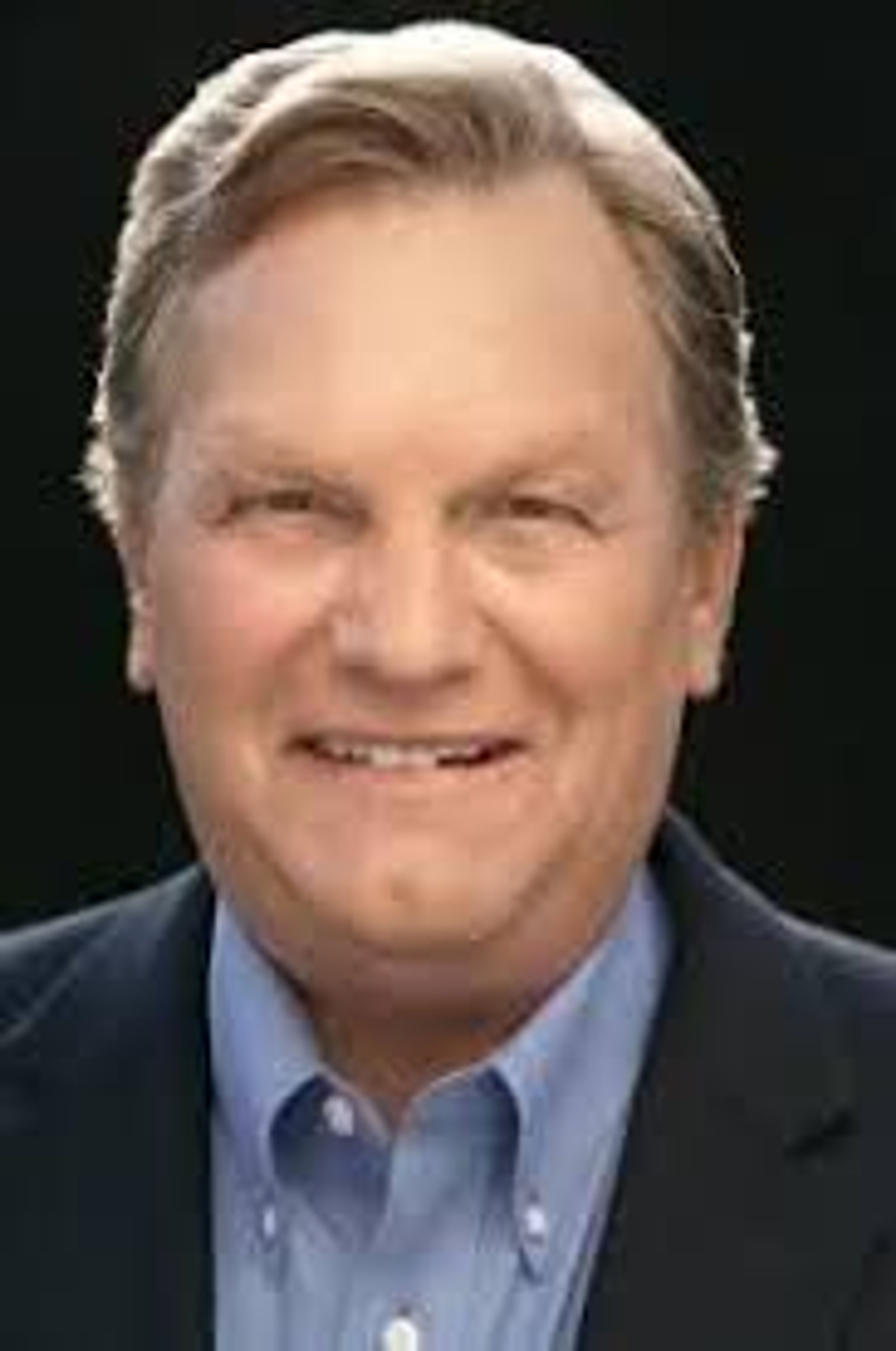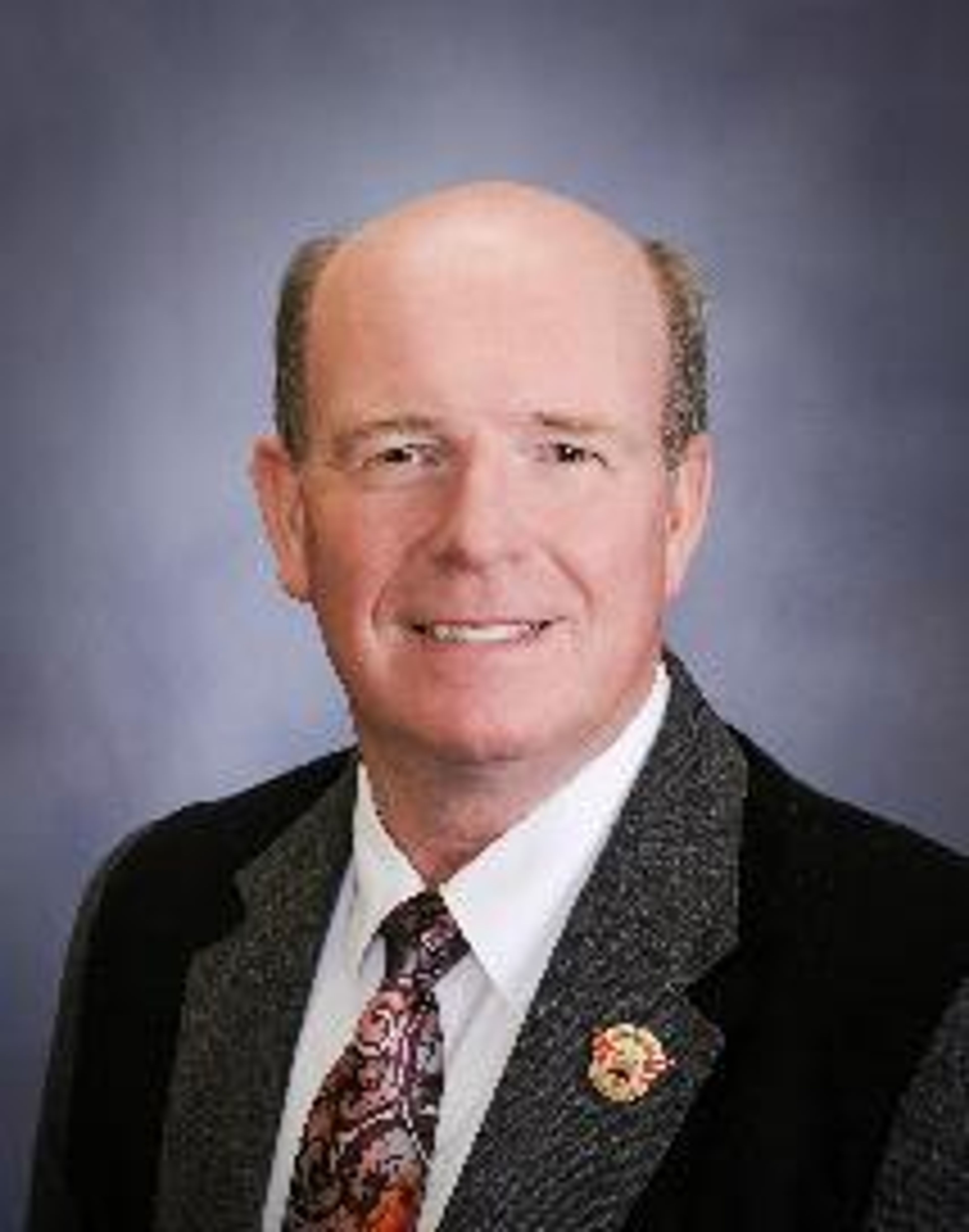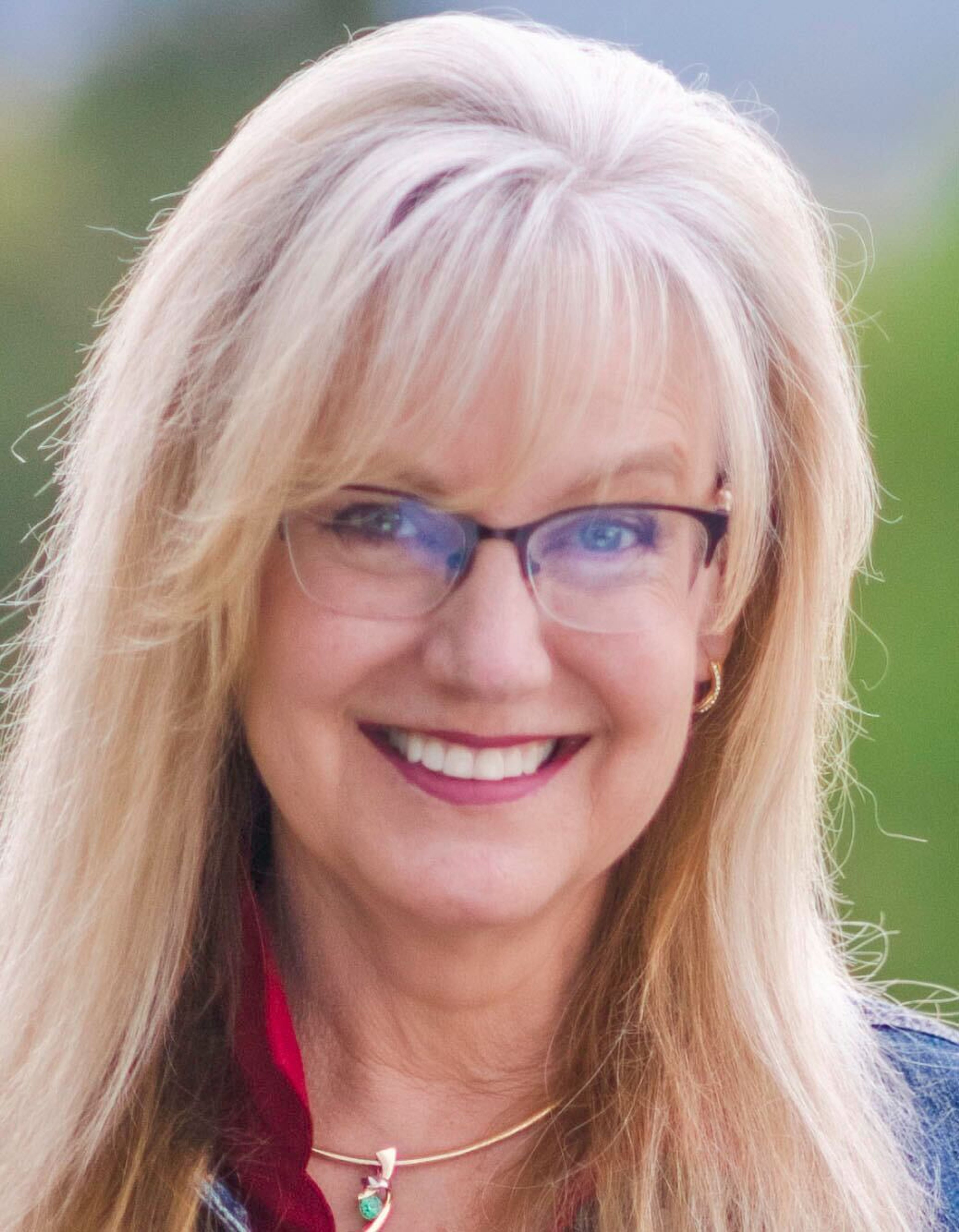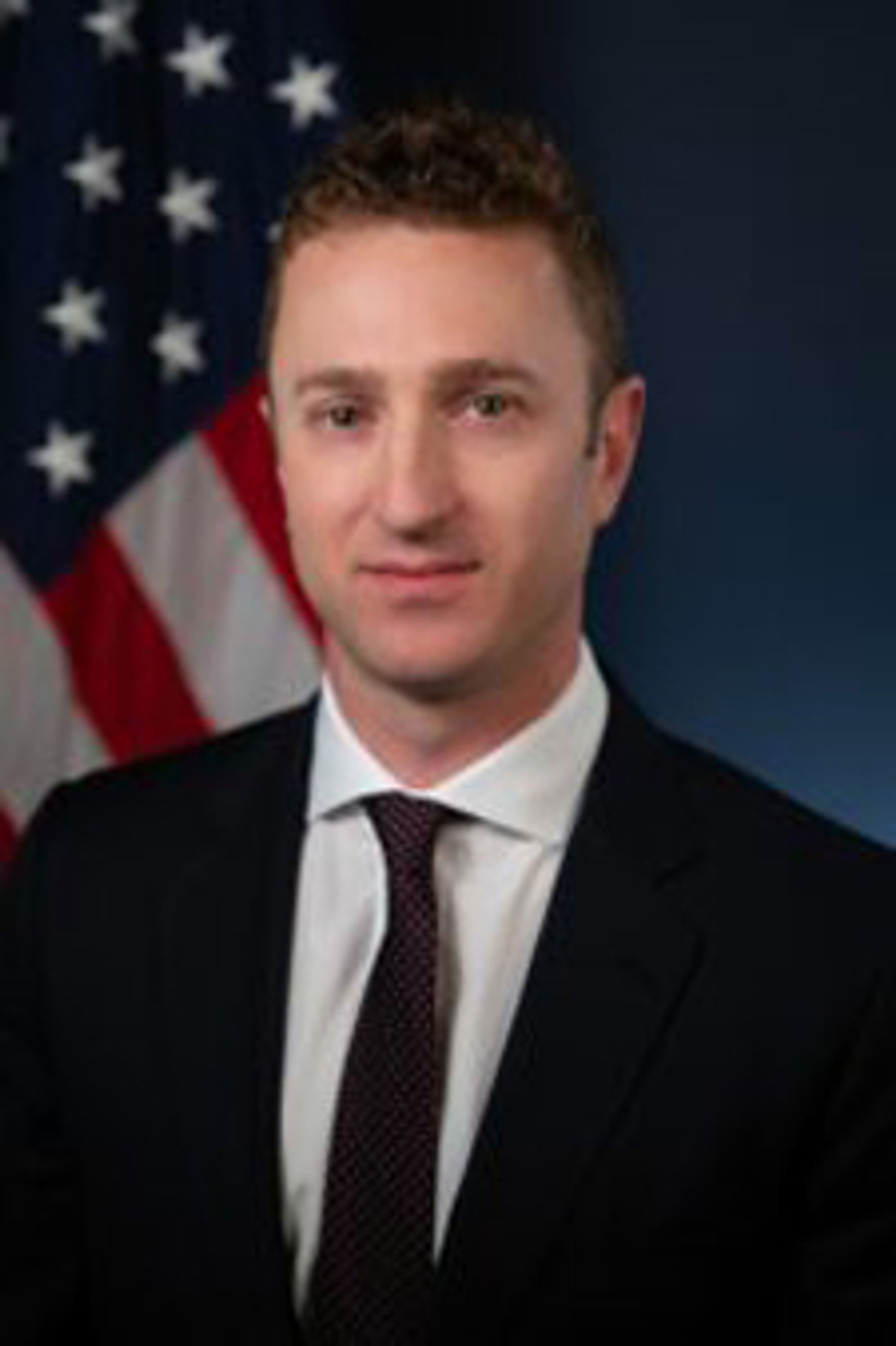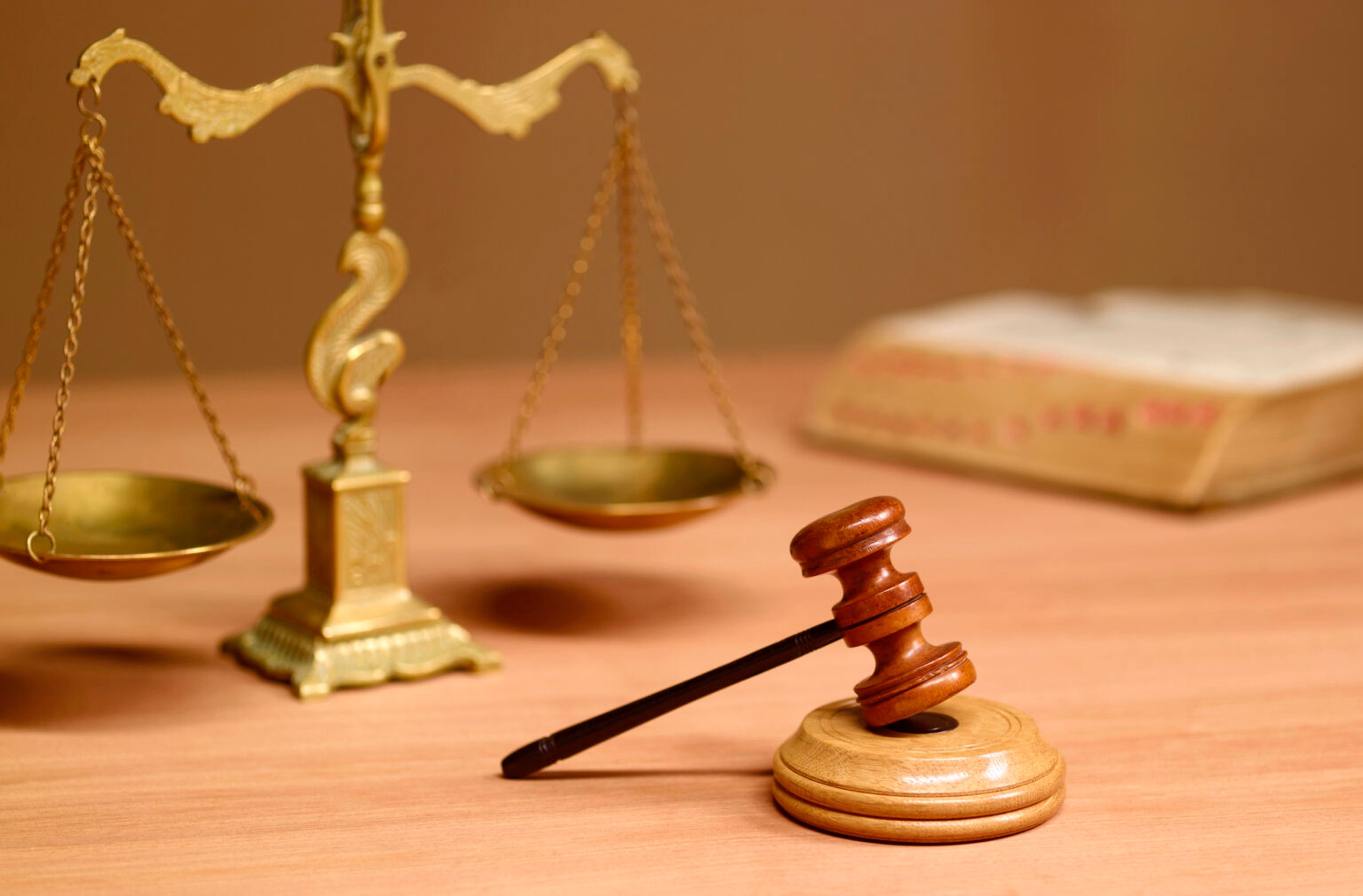Breaking stereotypes with gay rodeos
Moscow Contemporary was filled with residents of the Palouse on Friday night awaiting a one-night-only exhibition.
What was the topic? Gay rodeos.
Although the wine and drinks bar was a perk of the event, it was gay rodeo participant Nicholas Villanueva Jr. who brought interest to the community.
“They said maybe 10 or 15 people will show up, so this is a little overwhelming,” Villanueva Jr. said. More than 50 people ended up attending the talk.
With the help of his husband navigating the presentation of the night, Villanueva Jr. went through the history of the Gay Rodeo Association, with backstories on Phil Ragsdale, the founder of gay rodeos in 1976, and the equality that this association brings for the LGBTQ+ community.
“The gay rodeo works on bringing everyone together, not separating,” said Villanueva Jr., who attended his first gay rodeo in 1996 in Albuquerque.
Although the Gay Rodeo Association included many categories other rodeos would have, such as bull riding and pole bending — what made it special was the wild drag racing, where a team of three contestants must herd, mount and ride a steer, and goat dressing, where a team of two contestants must successfully get an item of clothing on a goat.
It was a way for them to break stereotypes.
“This is a place where many people met, made friendships and fell in love,” Villanueva Jr. said.
Although he’s seen the Gay Rodeo Association decline in recent years, he promoted an event in early summer for those interested in seeing it live, mentioning it started back up because of a friend.
“Utah stopped having (gay) rodeos due to some frustration with the Latter-Saint Church — the Mormon community,” Villanueva Jr. said.
Before ending the event, Villanueva Jr. and University of Idaho history chairperson Rebecca Scofield held a Q&A session with the audience, where they dove deeper into the realities of rodeos, racism and the LGBTQ+ community.
Scofield mentioned her long research of gay rodeos for the past 10 years, where she has worked alongside Villanueva Jr. to discover community members that have been lost in history.
“All the American cowboys are derived from a multiracial, homosocial, multilingual culture that gets squeezed into this narrow, cigarette (smoking) dude who is just white, just straight,” Scofield said. “We see in gay rodeo a desire to participate in that narrative of national triumph.”
Carrillo-Casas can be contacted at mcarrillo@dnews.com.



